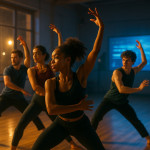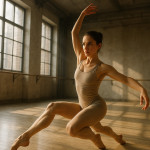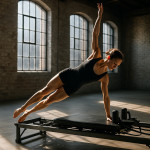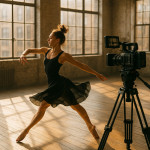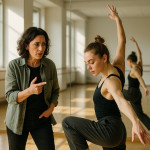Self-directed practice hacks: apps that keep dancers progressing between classes
Looking to sharpen your technique, memorize choreography faster and stay injury-free between studio sessions? This guide explores the best self-directed practice apps for dancers, the features that truly move the needle, and concrete hacks to weave them into your weekly routine.
Why every dancer needs a self-directed practice system
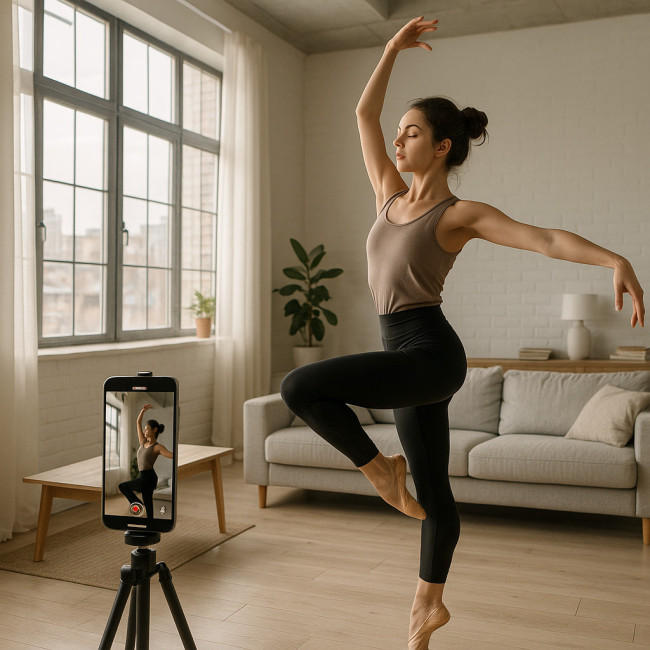
Weekly class schedules rarely provide enough repetition for muscle memory. Self-practice fills that gap, reinforcing neural pathways, refining alignment and improving stamina. The right app acts like a portable coach, delivering structure, feedback and motivation wherever you warm up—living room, park or tour bus.
Top benefits of tech-assisted practice
- Structured progression: Syllabus-based programs prevent random drilling and overuse injuries.
- Instant visual feedback: Slow-motion playback and mirrored demos correct errors before they become habits.
- Consistency triggers: Streak counters and reminders keep you accountable on rest days.
- Creative expansion: Style libraries expose you to genres beyond your main discipline.
Must-have criteria when choosing a dance practice app
Not all platforms are created equal. Use this checklist before hitting “download.”
- Camera-based feedback: AI or side-by-side video analysis allows real-time corrections.
- Offline mode: Essential for rehearsal spaces with patchy Wi-Fi.
- Genre depth: Drill libraries should match your goals—be it ballet adagio, popping isolations or Latin footwork.
- Progress tracking: Look for milestone badges, streak counts and exportable practice logs.
- Music integration: Adjustable BPM and playlist imports speed up musicality work.
- Safety content: Warm-up, cool-down and physio-approved conditioning sessions reduce injury risk.
Comparison of leading practice apps for dancers
| App | Key Strength | Best For | Price (USD/month) | Standout Feature |
|---|---|---|---|---|
| STEEZY Studio | Comprehensive class library | Urban & commercial styles | 20 | Switch-angle camera views |
| DancePlug | Industry-level teachers | Audition prep | 29 | Weekly combo challenges |
| Dance Reality | AR footstep overlays | Ballroom & social | Free / 10 | Augmented-reality guidance |
| Mirror/Onyx | AI posture feedback | Ballet & technique drills | 39 | Real-time alignment scores |
| Pocket Coach | Custom practice timers | Cross-training & conditioning | 9 | Interval-based stretch presets |
Hacks to maximise every practice minute
1. Pair micro-goals with streak counters
Set a seven-day micro-goal—such as “improve double pirouette” or “hit 120 BPM in footwork.” Configure daily reminders inside the app. The combo triggers the dopamine of small wins and keeps motivation high.
2. Use split-screen feedback loops
Record your take on the left and place the instructor demo on the right. Play both at 0.75× speed. Frame-by-frame comparison reveals weight shifts, focus lines and timing nuances you miss at full tempo.
3. Schedule “dark room” musicality drills
Once a week, practice with lights dimmed and eyes partially closed. Your proprioception spikes, forcing cleaner balance and auditory sensitivity. Apps with vocal counts or metronome features make this safe and effective.
4. Integrate conditioning circuits
Alternate technique drills with short strength circuits delivered by apps like Pocket Coach. Two minutes of core or ankle stability between combos prevent fatigue slumping while preparing your body for longer rehearsal days.
5. Test audition-ready angles
Before filming a self-tape, rehearse the combo using the app's camera grid. Verify framing, lighting and resolution against current self-tape video standards so you spend less time re-shooting.
Fitting app sessions around classes and gigs
Time is every dancer's most limited resource. Here is a sample weekly template that leaves room for rest and touring.
- Class days: 10-minute warm-up & 15-minute review session at bedtime.
- Non-class weekdays: 30-minute technique focus + 15-minute cross-training.
- Weekend: One 45-minute creative freestyle using the app's song shuffle, filming each take to post on training resources for dancers and track engagement.
- Tour days: 10-minute mobility routine in hotel room using offline downloads.
Advanced tools that raise your practice ceiling
Ready to level up? Combine these extras with your app of choice:
- Wearable motion sensors for quantitative data on jump height and turn velocity.
- BPM-sync lighting bulbs that flash cues, boosting timing accuracy.
- Portable floor panels offering safe traction for tap, heels or pointe work.
- Community challenges hosted by platforms like DancePlug—winning clips often feature in agency feeds, piggy-backing visibility on profile-scanning tricks recruiters use.
FAQ
- How many minutes of self-practice should I aim for each week?
- Most physiotherapists recommend 150–180 minutes spread across four or five sessions. Consistency trumps marathon workouts.
- Can I rely on free versions of dance apps?
- Free tiers work for occasional drills, but paid plans unlock progress metrics, offline downloads, and genre-specific libraries that accelerate growth.
- What if my living space is too small?
- Choose apps offering “micro-floor” modes and mark safe radii with tape. Focus on isolations, foot articulation and strength drills until you access larger studios.
- Do these apps replace in-person coaching?
- No. They complement classes by increasing repetition and providing objective playback. Feedback from teachers and peers remains irreplaceable.
Quick knowledge check
Take your next step
Download one app from the comparison table and pilot a seven-day micro-goal starting tonight. Share your progress clip in the app community, tag your coach and reference our guide on crafting inclusive casting calls to widen your booking chances. Your future self—stronger, cleaner and more bookable—will thank you.
Ready to turn practice into paid gigs? Track your improvement, update your reel and pitch confidently to choreographers worldwide.
